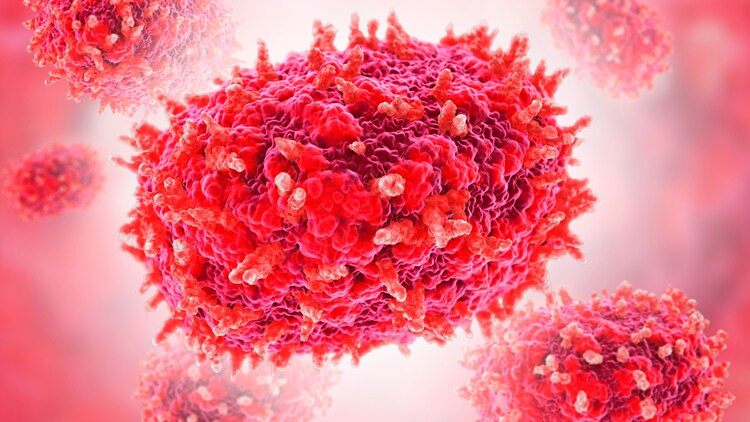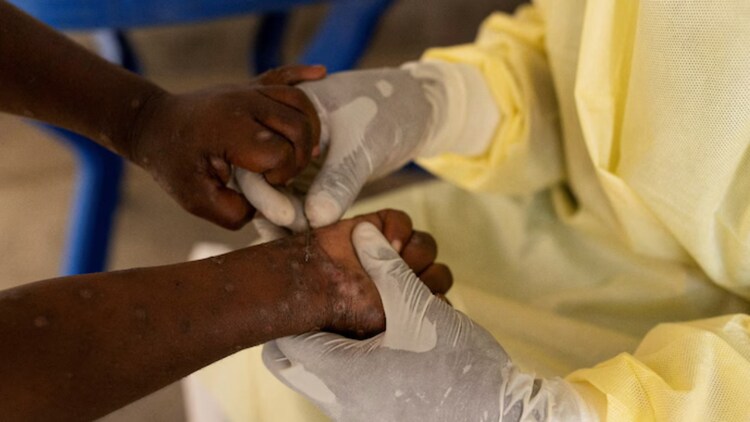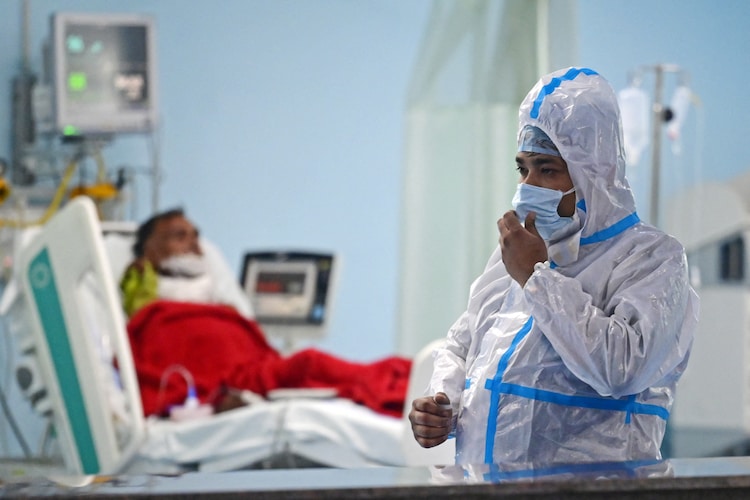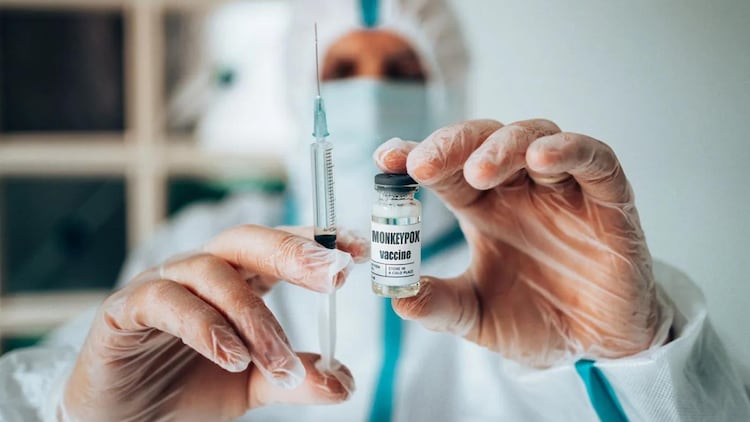Mpox vs COVID-19: Is there a difference?
Ampox and COVID-19 are caused by different viruses, each belonging to different viral families with distinctive genetic structures and characteristics.

Ampox has hit the headlines with the World Health Organisation (WHO) declaring it a global health emergency, and many countries putting on high alert.
With AmPox spreading to over 116 countries it may seem similar to the COVID-19 pandemic.
However, a WHO official recently said that “Mpox is not the new Covid”, meaning that the likelihood of a pandemic like Covid-19 is very low.
mpox vs covid-19
Ampox and COVID-19 are caused by different viruses, each belonging to different viral families with distinctive genetic structures and characteristics.
The ampoxvirus is a member of the Orthopoxvirus genus, which also includes the Variola virus responsible for smallpox. Ampox is a DNA virus with a double-stranded genome, which is relatively stable compared to RNA viruses.
This stability means that the ampoxvirus mutates at a slower rate, resulting in fewer and more gradual changes to its variants over time.

Historically, two main types of ampox virus have been identified: the Central African (Congo Basin) type (clade 1b), which is more virulent and has a higher mortality rate, and the West African type (clade 2), which is less severe.
In contrast, COVID-19 is caused by the SARS-CoV-2 virus, a member of the coronavirus family. It is an RNA virus, meaning it has a single-stranded RNA genome that is more prone to mutations.
Multiple variants of SARS-CoV-2 have emerged during the COVID-19 pandemic due to the high mutation rate in RNA viruses. These variants, such as Alpha, Delta and Omicron, have shown significant differences in their infectivity, severity and ability to evade immunity.
Frequent mutations in SARS-CoV-2 have required ongoing monitoring and adjustments in vaccination strategies.
The main difference between Mpox and COVID-19 lies in the nature and speed of their evolution.
The relatively stable DNA genome of ampox leads to slow change and fewer variants, while the RNA genome of SARS-CoV-2 allows rapid evolution and the emergence of many variants with distinctive properties.
symptoms
Symptoms of ampox include fever, headache, muscle aches, back pain, swollen lymph nodes, chills, and exhaustion. A major symptom is a rash that turns into fluid-filled blisters, often starting on the face and spreading to other parts of the body.

Symptoms of COVID-19 vary widely, but typically include fever, cough, difficulty breathing, fatigue, muscle or body aches, loss of taste or smell, sore throat, congestion, nausea, and diarrhea. Some cases of COVID-19 may be asymptomatic.
transfer
Ampox is spread primarily by direct contact with the rash, scabs, or bodily fluids of an infected person or animal. It can also be spread through respiratory droplets and contaminated objects such as bedding during prolonged face-to-face contact.
COVID-19 spreads primarily through droplets and aerosols released when an infected person coughs, sneezes, talks, or breathes. It can also spread by touching surfaces contaminated with the virus and then touching the face.
incubation
Ampox typically lasts 5 to 21 days, while COVID-19 typically lasts 2 to 14 days.
Severity and mortality
Ampox is generally less severe than smallpox, with case fatality rates ranging from 1% to 10%, depending on the type and region of the disease. Most cases are mild and resolve on their own.

The severity of COVID-19 can vary widely, from mild or asymptomatic cases to severe pneumonia and death. Mortality rates vary based on factors such as age, underlying health conditions, and access to healthcare.
vaccination
The smallpox vaccine provides some protection against ampox. Specific ampox vaccines have been developed and are used in outbreak situations. Two vaccines (JYNNEOS and ACAM2000) are currently being used for ampox, recommended by WHO experts and approved by health authorities in several countries.

Several vaccines targeting SARS-CoV-2 have been developed and are being widely administered around the world. Current vaccines being administered around the world include Covishield, Covaxin, Novavax, Pfizer, and Moderna.
Prevention
Ampox is preventable through vaccination, practice good personal hygiene by washing your hands frequently. If you are at risk for ampox and have not been vaccinated, avoid close contact with anyone, including skin-to-skin touch and sex. Avoid contact with items used by someone with ampox.
COVID-19 can be prevented by isolation or quarantine, social distancing, widespread vaccination, and maintaining personal hygiene.


